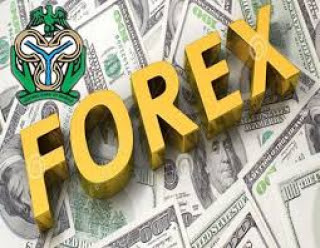Nigeria’s currency, the Naira, on Monday sustained its weakening value trend at the foreign exchange (FX) market over the past few days, exchanging at N742/$1 during the early morning trading at the parallel market.
The latest exchange rate of the local currency indicated a further slide in its exchange value for the dollar by about 1.5 percent from the average N731/$1 it traded last week Friday.
According to information sourced from black market operators on Monday the depreciation of the Naira is due to the rise in demand for the dollar while supply continued to decline.
The currency’s exchange rate at N742/$1 on Monday, based on market data analysis over the past months, represented a market differential of N300.62/$1 between the official market rate and the parallel market rate.
Similarly, at the peer-to-peer (P2P) cryptocurrency exchange, the Naira also fell to N740.67/$1 on Monday morning, from N738.2/$1 it exchanged at in the morning hours of last Friday.
Last Friday, the local currency exchanged at the official Investors and Exporters (I&E) window closed at N442.5/$1, representing a marginal appreciation when compared to its closing rate of N450/$1 recorded in the previous day.
According to data provided by the monetary authorities, a total of $303.03 million in FX value was traded at the official market last week, compared to $379.1 million that exchanged hands in the preceding week.
As part of its monetary policy measures to stabilize the Naira exchange rate at the Foreign Exchange (FX) market over the past years, the Central Bank of Nigeria (CBN) has been supplying dollars to FX traders at the official window and until recently, the Bureau De Change (BDC) traders.
The apex bank reported that it injected $3.36 billion into the market in December 2021 and January this year.
Analysts have linked the sustained interventions of the CBN in the FX market partly to the nation’s low foreign reserve, which has been oscillating between $38 billion and $41 billion over the past few months.
Also, the experts linked the worrisome development to other factors, including the changing pattern of foreign trade especially as it relates to the global supply chain in recent months, institutional changes in the economy and structural shifts in production, amongst others.






